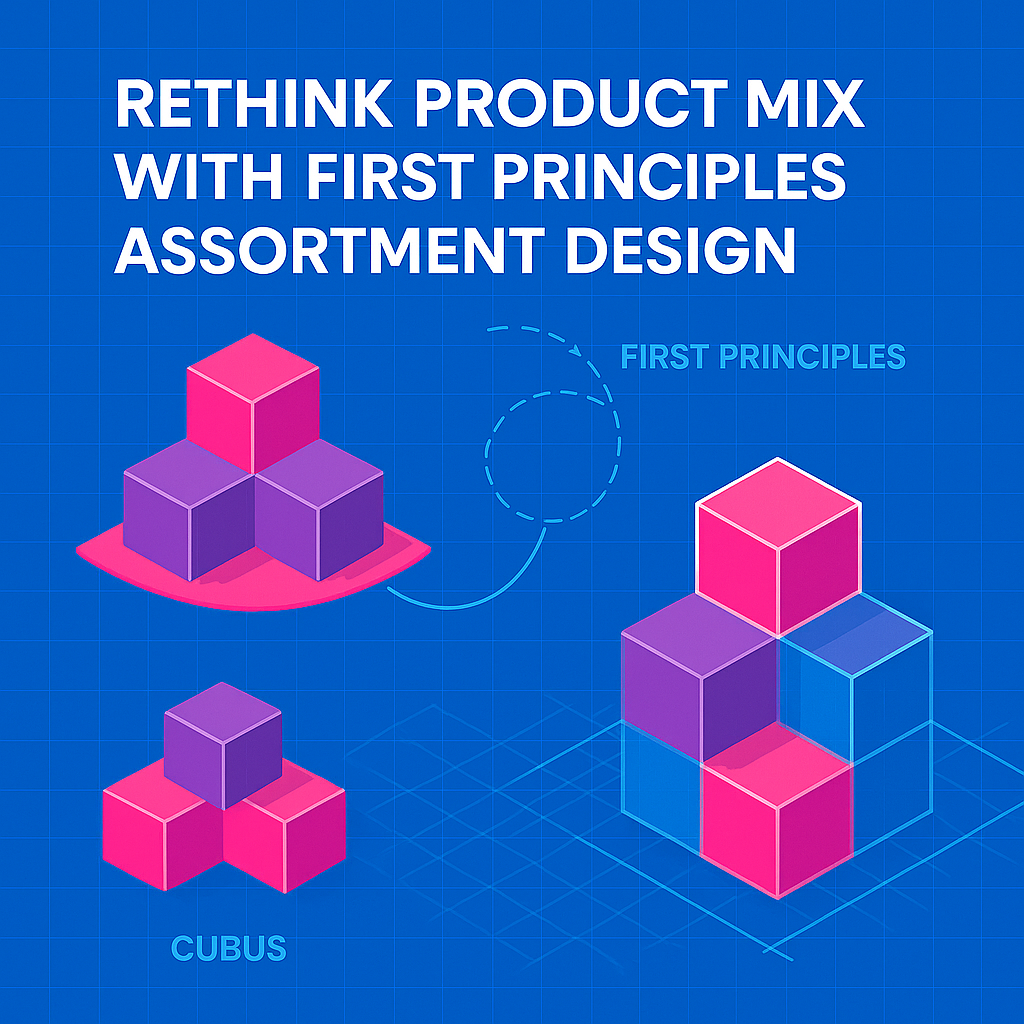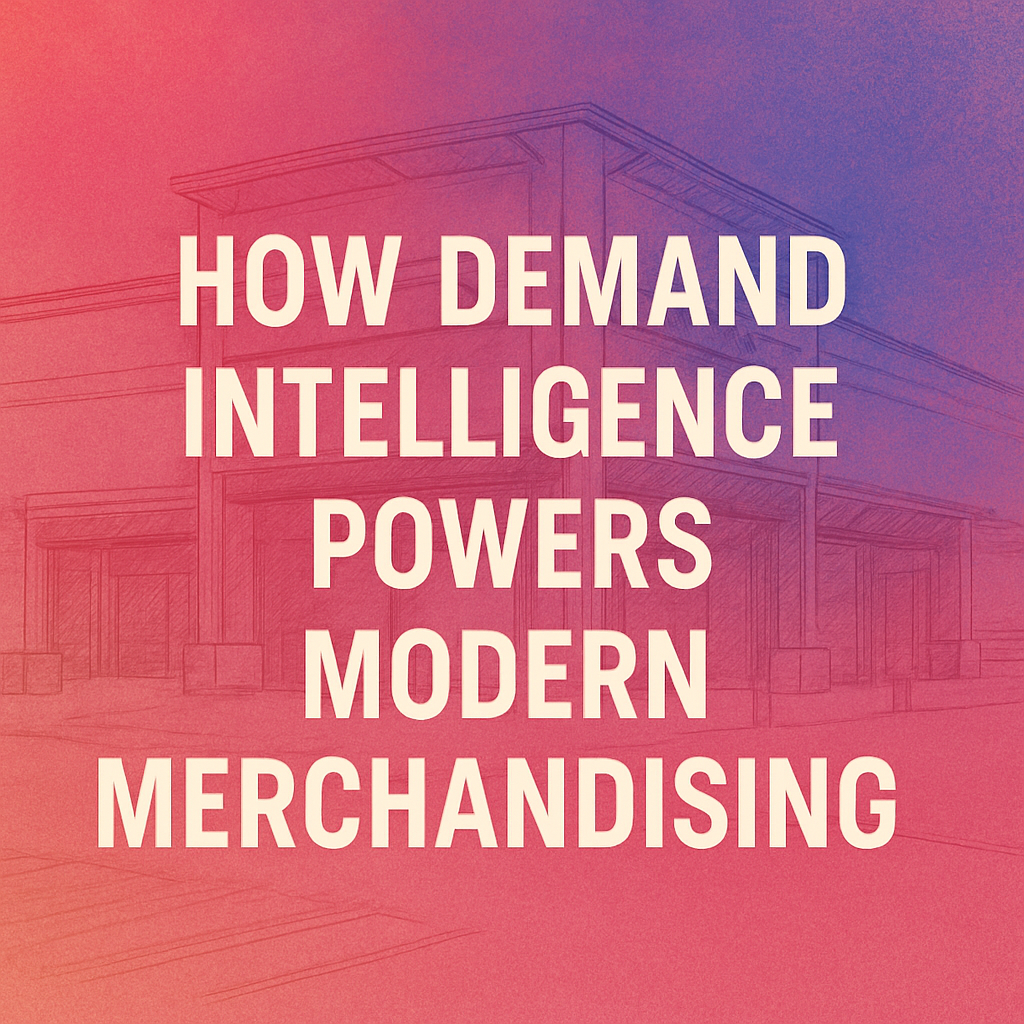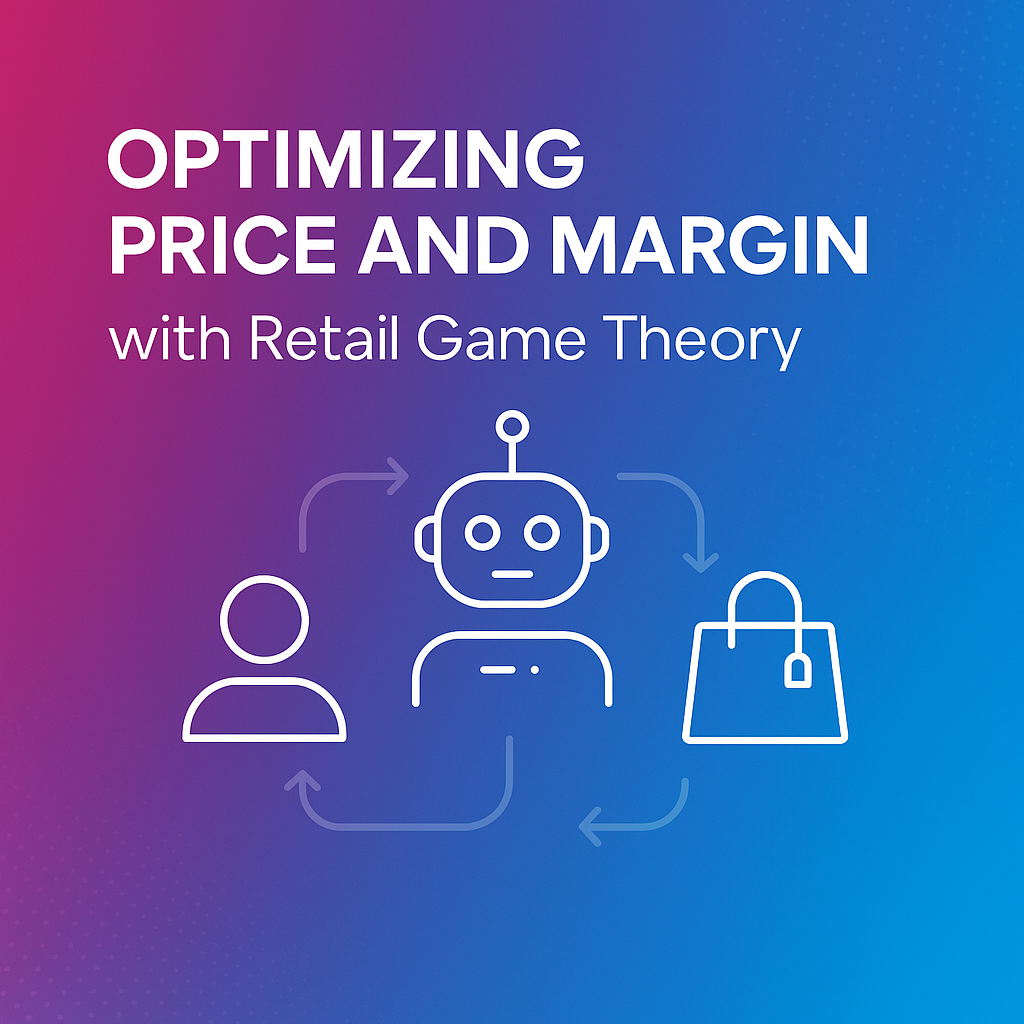Case Study | Demand Forecasting During Shock Events And Beyond

Overview
Shock events impact and at the basic level change organizations across dimensions such as demand forecasting, distribution, and new product introductions.
Demand forecasting is key to a waste-less supply chain performance. Yet, fashion demand forecasting accurately has always been challenging for businesses, in particular lifestyle brands and retailers. All the more now due to the uncertainty brought along due to COVID-19.
It is imperative for brands and retailers to focus on building a data-driven demand forecasting model to create a resilient supply chain and minimize revenue loss and excess inventory through augmented demand sensing.
We developed and deployed a dynamic demand forecasting system to help one of the fast-growing omnichannel lifestyle brands with a good combination of physical stores and a thriving digital business. The objective was to improve the forecast accuracy and mitigate risk owing to the uncertainty caused by the COVID-19 situation and build a resilient demand forecasting framework that lasts beyond the Covid-19 to handle any uncertainty.
The Problem / Opportunity
Since March 2021, the brand’s business processes, responsible for demand forecasting of multiple product lines, began to give trouble combined with growing digital business and fluctuating offline demand and were not designed to predict the COVID-19 impact.
COVID-19 Impact on Demand Forecast
- Inability to estimate impact on supply chain using existing demand forecasting construct in a dynamic fashion
- Significant amount of time and opportunity to reduce variability in the current process
Key problem areas:
- Identifying segments that are important to the business and need to improve the demand forecast accuracy
- Estimating the degree of impact at a product group level
- Forecasting through the covid wave and ever after with a capability to handle demand uncertainties of different magnitudes
- Tracking and comparing demand forecast vs baseline forecast with the help of key metrics
The Stylumia Approach
Understanding the brand’s current state and the desired state helped us bridge the gap by asking and answering the right questions. Defining the inputs and outputs required to answer key questions led to an improved understanding of the desired outcome.
The Current State
- High effort required and low accuracy to estimate demand using the traditional demand forecasting construct
- Significant amount of uncertainty in the current processes due to COVID. COVID was a trigger for the brand to re-think their current system to build a system which can impact all future uncertainties.
The Gap
- Lack of a model to accurately forecast demand by accounting for COVID 19 factors and recovery trends. Also the existing method took a lot of time and energy to estimate demand. This restricted the brand to forecast only once a month.
The Desired State
- Creating a post-pandemic sustainable process for demand forecasting
- Build a strong data pipeline across omni channel signals to assess impact of shock events like the Covid-19
- Establishing a good baseline for providing reliable forecasts
The Solution
To achieve this, we designed and deployed a solution across different phases to help the client improve inventory and production planning in two steps during the lockdown and the recovery phases to create a resilient supply chain.
Step 1:
Identification of product classes trends and recovery shape to effectively capture recent trend in data using ML models
- Key Factors included: Omni channel sales and inventory transactions, marketing signals, lockdown strength, lockdown length, number of active covid-19 cases, death rate, population density, rate of testing, vaccination rate etc..
Step 2:
Developing a resilient demand forecasting model
We developed a monthly demand forecast to help the client mitigate the underlying risk owing to the COVID-19 situation. The right mix of statistical modelling, machine learning and business inputs was used to enable accurate demand forecasting for the brand, using a proprietary advanced demand sensing framework.
The Intelligence Framework
- The overall process was integrated into a model, according to the current technical construct and data streams
- Data gathering, evaluation and Data preparation for modelling
- Incorporation of relevant COVID features and feature enhancements plus alternate data signals which could potentially affect demand signals
- Feature evaluation and performance before feeding them as input to the model
- Algorithm to forecast the demand numbers at appropriate business and consumer need state levels
- Data warehouse with relevant data for the visualization layer
Project Execution
Weekly cadence was established to review the various steps in the data evaluation, domain inputs and constant review of model performance to baseline.
The Impact
Stylumia’s structured framework has helped the brand respond to the shock event and will further enable them to continue strengthening their supply chain and manage any uncertainty.
The new proprietary framework has been developed based on a demand sensing that accounts for causal factors that the regular models could not account for.
This new model has helped achieve a 67% reduction in the error rate than the existing method in predicting product demand. The brand is now able to plan at a weekly level across hundreds of sub classes and a lot accurately. The success of any such exercise is adoption along with patient collaboration (since it’s not a one day victory but a continuous process). The brand has switched completely to the Stylumia demand forecasting system from their in-house system and is the default. The added benefit of the implementation is the brand is now placing future bets confidently growing their business which was clouded by conservatism earlier.
An effective project governance structure and a continuous feedback mechanism were vital in the successful implementation of the framework.
In this demand-uncertain world, Stylumia acts as a Transformation Catalyst to 100+ brands and retailers including the Fortune 100 clients to help reimagine the way they compete. Our clients out-collaborate with us through a unique engagement model consisting of an interactive ecosystem of people, processes & training, and platforms, which enables them to build capabilities in the long term while generating impact in the short term.
Want to know more?
Schedule a free discovery call here.
You can find our earlier article on our unique approach to demand forecasting and Demand Science® here.



